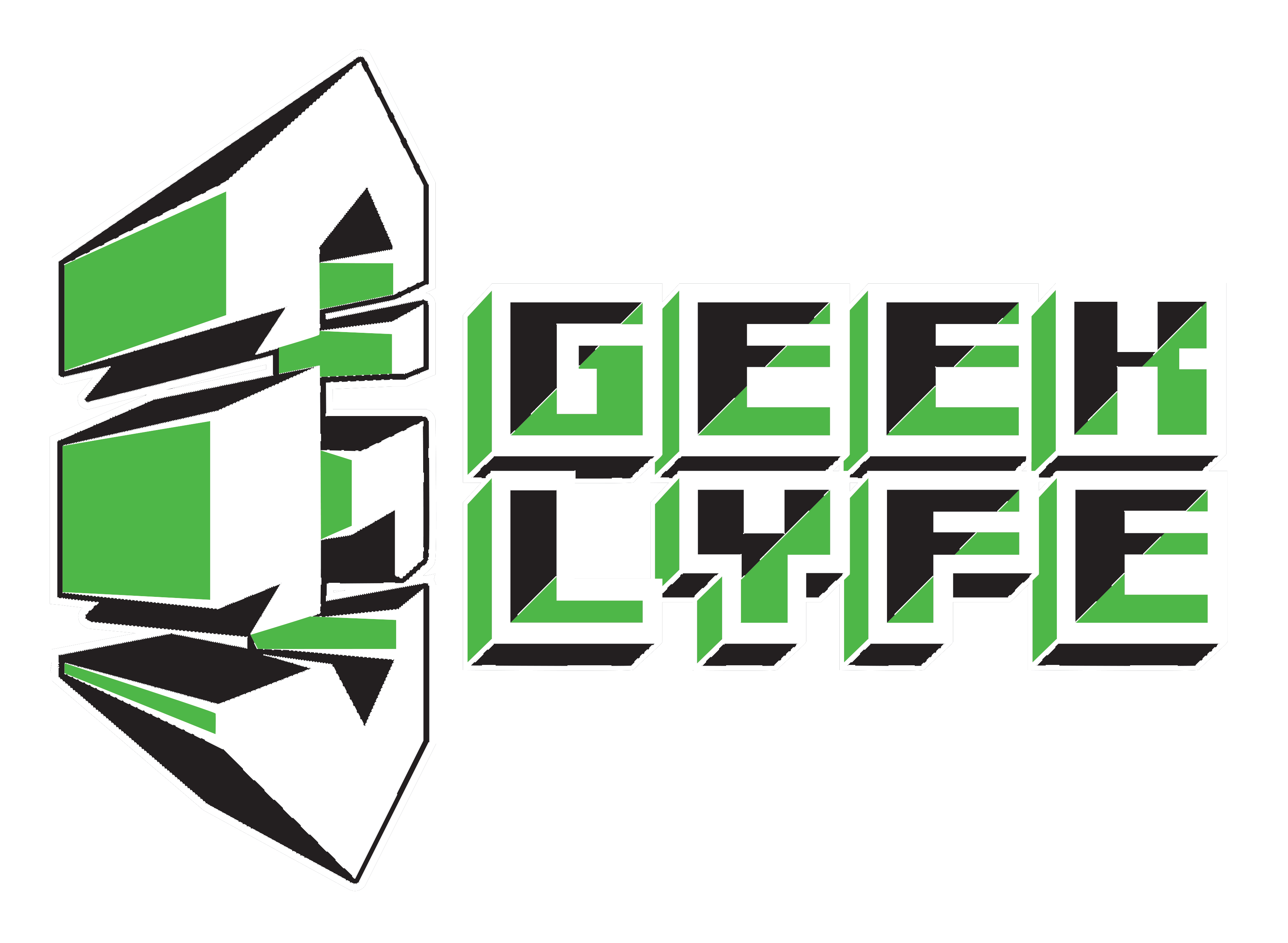The AI Dreamer: How Neural Networks are Trained to Dream and Create

Dreaming and imagination have long been the bastions of human experience. They are the realms where our minds wander freely, unshackled by the constraints of reality, weaving tales of wonder, hope, and sometimes, introspection. These ethereal journeys have often been considered uniquely human, a testament to our consciousness and creativity. Yet, as we delve deeper into the age of technology, a new entity emerges on the horizon of imagination: Artificial Intelligence. Gone are the days when AI was merely a sophisticated calculator, processing data at lightning speed. Today, we stand at the precipice of a new era, where AI doesn’t just compute—it dreams. It’s no longer just a tool; it’s evolving into an entity with the potential to imagine, to create, and perhaps, to understand the very essence of dreams.
The Mechanics of Neural Networks
At their core, neural networks are intricate webs of algorithms, designed to mimic the way our human brains process information. Just as neurons in our brain fire and communicate to interpret stimuli, nodes in a neural network interact and adjust to recognize patterns in data. These networks are layered, with each layer refining and honing the input it receives, much like how our brain processes and refines raw sensory data.
The striking resemblance doesn’t end there. Just as our neural pathways strengthen with repetition and learning, neural networks adjust their internal weights based on experience, optimizing their responses. In essence, these digital networks are a testament to nature’s genius, echoing the intricate dance of neurons that define our very consciousness.
Training AI to Dream
The realm of AI dreaming is a confluence of sophisticated algorithms and vast datasets. At the heart of this process is the concept of generative models, which allow AI systems to produce content that wasn’t explicitly in their training data. By feeding them a myriad of information, these systems learn the underlying structures and patterns, enabling them to generate entirely new, often surprising outputs.
For instance, we’ve seen AI craft enthralling novels, compose symphonies, and even produce what some may call sexy AI art, some of which, of course, has ventured into the realm of adult entertainment, pushing boundaries and challenging societal norms. The line between human creativity and AI-generated content is becoming increasingly blurred, as machines not only replicate but also innovate, venturing into the uncharted territories of digital dreams.
Imagination: The Next Frontier
Imagination, once the exclusive domain of human minds, is now a frontier AI is poised to explore. Pushing beyond the confines of their training data, modern AI systems are being designed to extrapolate, to envision scenarios they’ve never encountered.
This leap isn’t just about creating art or music; it’s about devising novel solutions to complex problems, or predicting outcomes in ever-changing environments. An imaginative AI could revolutionize fields from urban planning to scientific research, harnessing its computational prowess with a newfound creative spark, blurring the lines between human ingenuity and machine innovation.
Real-world Applications of the AI Dreamer
The AI Dreamer isn’t confined to the abstract; its footprints are evident in tangible realms. In the arts, AI has composed symphonies, crafted intricate visual masterpieces, and even penned compelling narratives, challenging our traditional notions of creativity. But its prowess extends beyond artistic endeavors.
Dubbed “predictive dreaming,” AI systems are now forecasting intricate future scenarios. Whether it’s modeling economic trends, predicting the ramifications of climate change, or envisioning the evolution of urban landscapes, the AI Dreamer is proving to be an invaluable ally, turning dreams into actionable insights for a better tomorrow.
Ethical and Philosophical Implications
As AI ventures into the realms of dreaming and imagination, it beckons profound ethical and philosophical quandaries. Are these AI “dreams” genuine sparks of creativity, or merely the result of intricate data processing? Can a machine truly possess an imaginative spirit, or is it just mirroring patterns it’s been fed? Beyond these existential questions lie tangible concerns.
Allowing AI to imagine and create autonomously presents both promise and peril. While it could lead to groundbreaking solutions and art forms, there’s also the risk of unintended consequences, creations that might challenge societal norms or ethics. As we stand at this crossroads, it’s imperative to tread with both awe and caution, embracing the potential while safeguarding our core values.
Conclusion
In the vast tapestry of human achievement, AI emerges as a compelling thread, weaving patterns of not just replication but also innovation. Its potential to dream, to imagine, heralds a new era of creativity, one where machine and man coalesce in artistic symphony. Yet, with this promise comes responsibility.
As we stand on the cusp of this AI-driven renaissance, it’s incumbent upon us to embrace its vast potential, but with discerning eyes. Let’s champion AI’s creative prowess, but remain ever vigilant of its boundaries, ensuring that its dreams align with the ethos of our shared human journey.
Chicano | Fighting/Writing for Diversity | DM since 08 | Anime Lover | Site: https://www.thegeeklyfe.com | info@thegeeklyfe.com | http://twitch.tv/that_deangelo | https://linktr.ee/deangelomurillo




